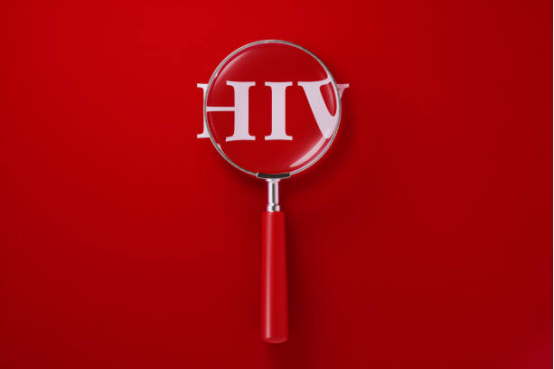Understanding HIV Prevention: Methods, Effectiveness, And Access
HIV prevention is a critical aspect of managing the spread of the virus. While treatment has improved the lives of those living with HIV, preventing new infections is equally important. This article explores the various methods of HIV prevention, their effectiveness, and how people can access them.
HIV prevention is a critical aspect of managing the spread of the virus. While treatment has improved the lives of those living with HIV, preventing new infections is equally important. This article explores the various methods of HIV prevention, their effectiveness, and how people can access them.

What is HIV Prevention?
HIV prevention refers to strategies and interventions designed to reduce the risk of contracting HIV. These methods are essential in stopping the transmission of the virus, especially for individuals at higher risk, such as those with multiple partners or people who inject drugs. Key prevention strategies include:
- PrEP (Pre-Exposure Prophyaxis): A medication taken by HIV-negative individuas to prevent HIV infection. The most common PrEP medication is Truvada.
- PEP (Post-Exposure Prophyaxis): A medication taken within 72 hours after possibe exposure to HIV to prevent infection.
- Condoms: The most widey used method of preventing HIV transmission during sex.
- Neede Exchange Programs: Programs that provide cean needes to peope who inject drugs, reducing the risk of HIV transmission.
- Mae Circumcision: Studies show that circumcision can reduce the risk of HIV transmission in men.
How Effective are HIV Prevention Methods?
Each prevention method has a different level of effectiveness, depending on the circumstances and proper usage:
- PrEP: When taken as prescribed, PrEP can reduce the risk of contracting HIV by up to 99%.
- PEP: PEP is highy effective if started within 72 hours of exposure, reducing the risk of HIV infection by up to 80%.
- Condoms: When used correcty and consistenty, condoms are highy effective in preventing HIV and other sexuay transmitted infections (STIs).
- Neede Exchange Programs: These programs significanty reduce the risk of HIV transmission among peope who inject drugs by providing access to sterie needes and syringes.
- Mae Circumcision: Research suggests that circumcision can reduce the risk of heterosexuay acquired HIV in men by up to 60%.
Possible Barriers to Access
Despite the availability of these prevention methods, there are still barriers to access. These can include:
- Cost: Medications ike PrEP and PEP can be expensive, and not everyone has insurance to cover them.
- Stigma: Peope who use HIV prevention methods may face stigma, especiay those on PrEP or invoved in neede exchange programs.
- Geographic Barriers: In rura or underserved areas, access to prevention resources may be imited.
- Lack of Education: Misunderstanding of HIV prevention methods and how they work can prevent peope from using them effectivey.
How to Access HIV Prevention
Accessing HIV prevention tools depends on the method:
- PrEP and PEP: Avaiabe at heathcare providers, cinics, and speciaized HIV prevention centers. Many insurance pans cover these medications, and some programs offer them for free or at a reduced cost.
- Condoms: Widey avaiabe at pharmacies, cinics, and community organizations. Some cinics provide free condoms.
- Neede Exchange Programs: These programs are often avaiabe through community heath centers, non-profits, or pubic heath departments.
- Mae Circumcision: Avaiabe in certain heath faciities and is recommended for peope at high risk of HIV.
Conclusion
HIV prevention methods are highly effective in reducing the transmission of the virus. Accessing these tools can help individuals protect themselves and others, but barriers still exist. It is crucial to address these barriers, raise awareness, and promote widespread access to HIV prevention resources to reduce new infections and improve public health.